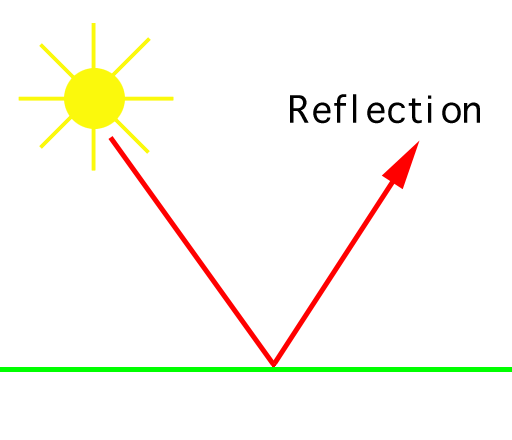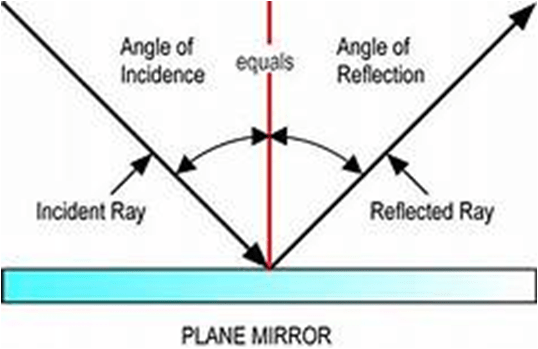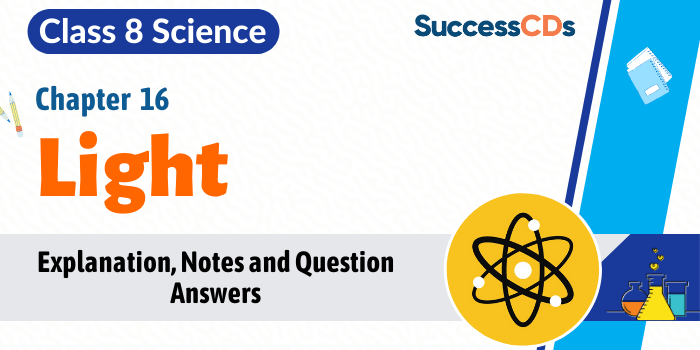
Light Class 8 Science Chapter 16 as per NCERT Book used in CBSE and other Schools. The lesson covers the complete explanation of class 8 Chapter 16 Light. Topics covered are luminous and non – luminous objects, reflection, laws of reflection and characteristics of a reflector Topics namely sources of light, plane mirror, spherical mirror, concave mirror, convex mirror, real image, virtual image, human eye, kaleidoscope, deflection and dispersion have also been covered. The lesson covers all important questions and NCERT solutions to book questions have also been provided for convenience of the students.
- Definition of light
- Laws of reflection of light
- Types of reflection
- luminous objects
- types of sources of light
- >human eye
- non – luminous objects
- types of mirrors
- kaleidoscope
- types of phenomenon
- concave mirror
- dispersion
- what is reflection?
- convex mirror
- care of eyes
- characteristics of best reflector
- Types of images
- NCERT book solutions
Introduction
Light plays an important role in our life. No activity is possible without light, especially at night. To exemplify, in late evening we cannot do our routine tasks like we will not be able to cook food. If we are unable to cook food, it directly affects our health. In other words, we can say that our health is directly or indirectly related to food, and it is obvious that we get food from plants.
Light Class 8 Video Explanation
Then the question arises how plants make food.
Plants makes food by the process of photosynthesis. So, for photosynthesis light is the main source.
This just proves how important light is for our lives.
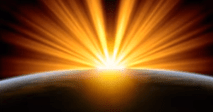 Definition of light
Definition of light
Light is a form of energy that enables us to see various things present in our surroundings.
Now the question arises how do we see the things that surround us?
When light falls on an object, some part of the light is reflected back to our eyes. Then, we are able to see an object due to the light being reflected from it.
Light is an electromagnetic wave that can travel through a medium (any substance including air, water, and glass) and vacuum. The only natural source of light is sunlight. Sunlight plays an important role in our daily life and helps us in doing our routine works.
Types of Objects
There are two types of objects and it totally depends on whether they have their own light or not as follows –
- Luminous
- Non luminous
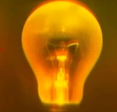 Luminous Objects
Luminous Objects
The objects which have their own light.
For example, bulb and tube light that we used at home.
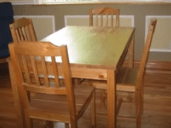 Non Luminous Objects
Non Luminous Objects
The objects which does not have their own light.
For example, chair, table, floor, and wall.
We cannot see these objects without the help of light. So, to make these objects visible, we need to stay around luminous objects.
When there is no light at night, we are unable to see objects. To make them visible we need light (luminous objects) because they reflect the light falling on them.
Types of phenomenon
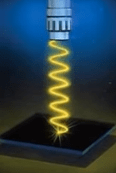 1. Absorption
1. Absorption
When light falls on a surface and gets absorbed it is known as absorption.
The surface which absorbs the light looks black. So, we can say that black is a perfect emitter and absorber of light.
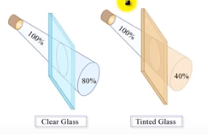 2. Transmission
2. Transmission
The process when light falls on a surface may pass through the surface is known as transmission.
The surface which allows the light to fully pass through it looks transparent.
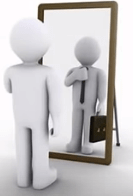 3. Reflection
3. Reflection
The process when light reflects or bounces back is called reflection.
Reflection is the process which is useful in seeing our surroundings.
Q. What is Reflection?
Answer: Reflection is the bouncing back of light rays on striking the surface.
Characteristic of best Reflector
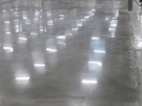 For any surface to be a good reflector, it should possess certain qualities as follows –
For any surface to be a good reflector, it should possess certain qualities as follows –
- It should have shiny surface.
- It should have polished surface.
- It should have smooth surface.
For example- silver is the best reflector.
Before understanding the laws of reflection of light, lets understand the meaning of some important terms such as, incident ray, point of incidence, reflected ray, point of incidence, normal (at the point of incidence), angle of incidence, and angle of reflection.
1. Incident ray
The ray of light falling on the surface of a mirror is called incident ray.
2. Point of incident ray
The point at which the incident ray strikes the mirror surface is called as point of incidence.
3. Reflected ray
The ray of light which is bounced back by the mirror from the point of incidence is called as reflected ray.
4. Normal ray
A line perpendicular or at right angle to the mirror surface at the point of incidence is called normal. It lies between the incident ray and the reflected ray.
5. Angle of incidence
The angle made by the incident ray with the normal is called as angle of incidence. It is denoted by ‘∠i’.
6. Angle of reflection
The angle made by the reflected ray with the normal at point of incidence is called as angle of reflection. It is denoted by ‘∠r’.
Laws of Reflection of light
The laws of reflection of light apply to both plane mirror as well as spherical mirror.
First law of reflection: According to the first law, the incident ray, reflected ray, and normal ray, all lie in the same plane.
Second law of reflection: According to the second law, the angle of reflection is always equal to the angle of incidence.
(∠i = ∠r)
Let us suppose, if angle of incidence is 30 degree, then angle of reflection will also be 30 degree.
Types of sources of light
The type of sources of light depend upon the size of substance from which light comes.
The different sources of light are as follows –
-
- Point sources: These sources have very small size. In physics, it is represented with dot.

- Point sources: These sources have very small size. In physics, it is represented with dot.
- Finite sources: These sources have certain height. For example: Candle.
Types of mirrors
There are two types of mirrors as follows:
- Plane mirror
- Spherical mirror
Plane mirror: The mirror that has plane reflecting surface.
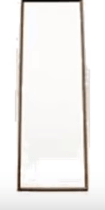
The one side of plane mirror has polished, smooth surface and light is reflected from the inner surface of the plane mirror.
Spherical mirror: The mirrors that have curved reflecting surface.
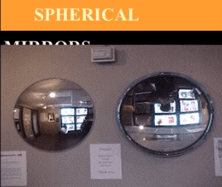 Spherical mirrors are further divide into two
Spherical mirrors are further divide into two
types:
- Concave mirror
- convex mirror
Let us discuss them in detail-
Concave mirror
The mirror in which reflection takes place in the inner surface. For example, the inside curve of a spoon. Concave mirrors are used in certain types of astronomical telescopes called as reflecting telescopes.
Convex mirror
The mirror in which reflection takes place in the outer surface. For example, the outside of a balloon. Convex mirrors are useful for shop security and rear-view mirrors on vehicles because they give a wider field of vision.
Types of images
Image is formed when reflected ray meet or appears to meet at a point.
There are two types of images:
- Real image
- Virtual image
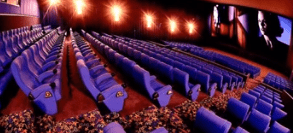 Real Image
Real Image
The image which is formed when reflected rays actually meet at a certain point. It is always inverted. It can be obtained on a screen.
 Virtual Image
Virtual Image
The image which is formed when reflected rays do not meet actually but appear to meet at certain point. It is always erect. It cannot be obtained on a screen.
Types of Reflection
- Regular Reflection
- Diffused Reflection
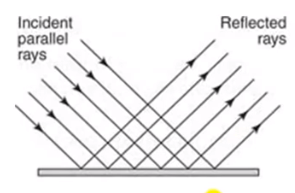 Regular reflection
Regular reflection
The kind of reflection in which all reflected rays are parallel to each other and it occurs through a smooth surface.
Regular reflection refers to a clear and sharp reflection, like the ones you get in a mirror. A mirror is made of glass which is coated with a uniform layer of a highly reflective material such as aluminum powder.
 Diffused reflection
Diffused reflection
The kind of reflection in which reflected rays split in different directions and it occurs through rough surface.
The light reflected from the wall, from the trees, from whatever rough surface, these are the examples of diffused reflection.
Answer the following questions-
Question: Find out the type of reflection that take place when a beam of light strikes? Justify your answer in each ease.
(a) Polished wooden table
(b) Chalk powder
(c) Card board surface
(d) Marble floor with water spread over it
(e) Mirror
(f) Piece of paper
Answer.
(a) A regular reflection takes place on a polished wooden table because its surface is smooth.
(b) A diffused reflection takes place on a chalk powder because its surface is uneven.
(c) Card board surface has minute irregularities on it, so it will have a irregular reflection.
(d) Marble floor with water spread over acts as a surface for a regular reflection as it will act like a plane surface.
(e) Mirror has a regular reflection and its surface is also shiny and has smooth surface.
(f) A piece of a paper takes irregular or diffused reflection because it has uneven surface.
Question: Does diffused reflection mean the failure of the law of reflection?
Answer: Diffused reflection is not due to the failure of the laws of reflection. It is caused by the irregularities in the reflecting surface.
Question: Let us suppose you are in a dark room. Can you see objects in the room? Can you see objects outside the room? Explain.
Answer: We see only those objects from which reflected rays enter our eyes. When we are in a dark room then we do not see objects. We can see objects outside the room because out of the room the light is available and those rays of light enter our eyes after reflection.
Question: State the law of reflection
Answer: There are two laws of reflection.
(i) Angle of incidence is always equal to the angle of reflection.
i.e. ∠i = ∠r
(ii) The incident ray, the normal at the point of incidence, and the reflected ray all lie in the same plane.
Human eye
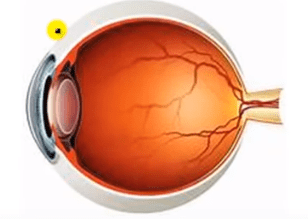 It is a naturally occurring optical instrument.
It is a naturally occurring optical instrument.
Human eye consists of:
- Cornea
- Iris
- Pupil
- Ciliary muscles
- Lens
- Retina
- Blind spot
- Optic nerve
Cornea –
It is the white part of the eye that allows light to enter and it act as window to world.
Iris –
It is the colored part of the eye. It holds the pupil and also adjusts the size of pupil according to the intensity of light.
Pupil –
It is black in color that absorbs all the light rays falling on it. It gets constricted when light intensity is high. It gets expanded when light intensity is low.
Ciliary Muscles –
It holds the lens and adjusts the focal length of the lens.
Convex Lens –
It is a cellular structure resembling convex lens.
Retina –
It is a screen of eye where image is formed. It consists of two types of cells:
a) Cone cells
These cells respond to colors.
b) Rod cells
These cells respond to intensity of light.
Yellow Spot –
It is a point on retina where most clear image is formed.
Blind Spot –
It is a point on retina where no image is formed.
Optic nerve –
It is a nerve that connects eye to brain.
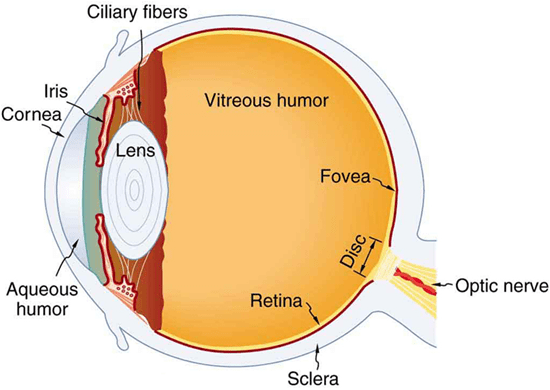
Multiple Images-
Multiple images are formed when a number of plane mirrors are placed
at a certain angle.
Kaleidoscope
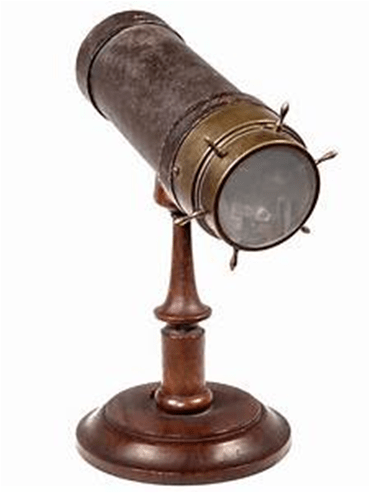 It can form multiple images by making the use of mirrors inclined at certain angle.
It can form multiple images by making the use of mirrors inclined at certain angle.
Now the most important question is how to make kaleidoscope!
- Kaleidoscope is made up of three rectangular mirror strips each about 15 cm long and 4 cm wide.
- Join them together to form a prism.
- Fix them in circular cardboard tube.
- Make sure that the tube is slightly longer than the mirror strips.
- Close one end of the tube by a cardboard disc having a hole in the centre.
- To make the disc durable, paste a piece of transparent plastic sheet under the cardboard disc.
- At the other end, touching the mirrors, fix a circular plane glass plate.
Dispersion
Dispersion of light is a phenomenon of splitting of white light into its component colors.
In optics, dispersion is the phenomenon in which the phase velocity of a wave depends on its frequency, or alternatively when the group velocity depends on the frequency.
Media having such a property are termed dispersive media.
Rainbow is the natural phenomenon in which dispersion takes place.
The cause of dispersion is that sunlight consists of seven constituents colors namely violet, indigo, blue, green, yellow, orange and red popularly referred to as VIBGYOR that have different refractive index with respect to a medium.
The wavelength of each color is different that causes the difference in velocity of the corresponding light when passing from one medium to another.
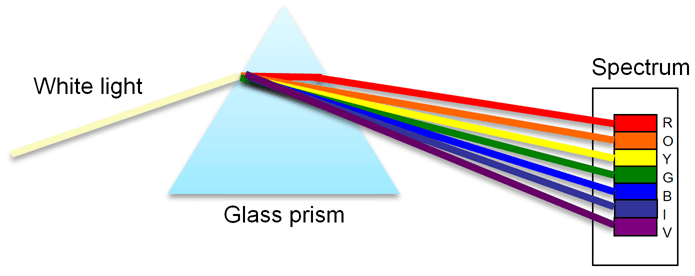
Here is the activity to show the seven different colors of sunlight.
- Take plane mirror of suitable size.
- Place it in a bowl.
- Fill the bowl with water.
- Put this arrangement near the window such that sunlight directly falls on the mirror.
- Adjust position of bowl such that reflected light from mirror falls on the white color wall.
- You will observe that reflected light consist of seven colors.
Care of Eyes
Following care is required for our eyes:
- If advised, use spectacles.
- Do not read in too little or too much light.
- Wash your eyes with cold water at least three times a day.
- Do not look at the sun or powerful light directly.
- Always read at the normal distance for vision.
- Do not rub your eyes with dirty hands. If something enters your eye, wash your eyes with clean water.
- Your diet should consist of components that are rich in vitamin A.
- Too little or too much light is also bad for eyes.
NCERT book Solutions
Question: What is Braille System?
Answer:
- The most popular instrument or system used by visually challenged persons to read and write is called Braille system.
- This system was developed by Louis Braille in 1821 for visually challenged peoples.
- This system was adopted in 1932.
This system uses characters formed by patterns of raised dots that represent letters and numbers which can be felt by the fingers. It has 63 dot patterns or characters. These patterns when embossed on Braille sheets help visually challenged persons to recognize words by touching.
Fill in the blanks in the following:
- A person 1 m in front of a plane mirror seems to be _______m away from his image.
- If you touch your _______ ear with right hand in front of a plane mirror it will be seen in the mirror that your right ear is touched with______.
- The size of the pupil becomes_______ when you see in dim light.
- Night birds have _______cones than rods in their eyes.
Answer:
- 2
- left, left hand
- large
- lesser
Question: Angle of incidence is equal to the angle of reflection.
(a) Always
(b) Sometimes
(c) Under special condition
(d) Never.
Answer: (a) Always
Question: Image formed by a plane mirror is:
(a) Virtual, behind the mirror, and enlarged.
(b) Virtual, behind the mirror, and of the same size as the object.
(c) Real at the surface of the mirror and enlarged.
(d) Real, behind the mirror and of the same size as the abject.
Answer: (b) Virtual, behind the mirror and of the same size as the object.
